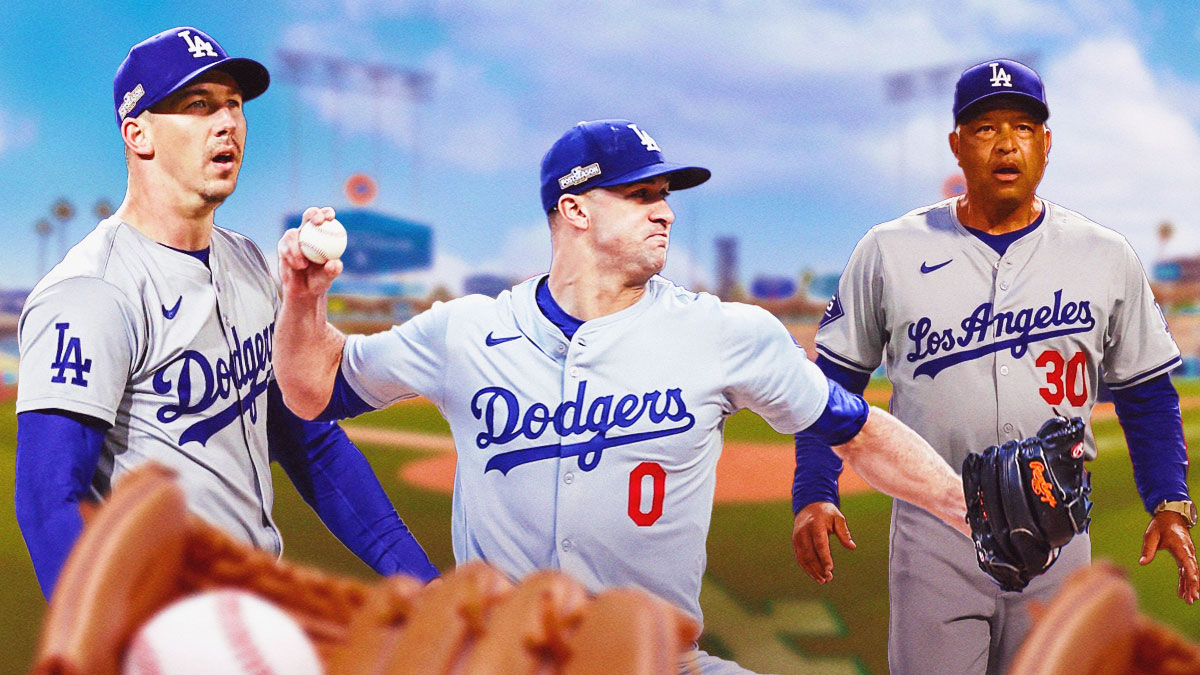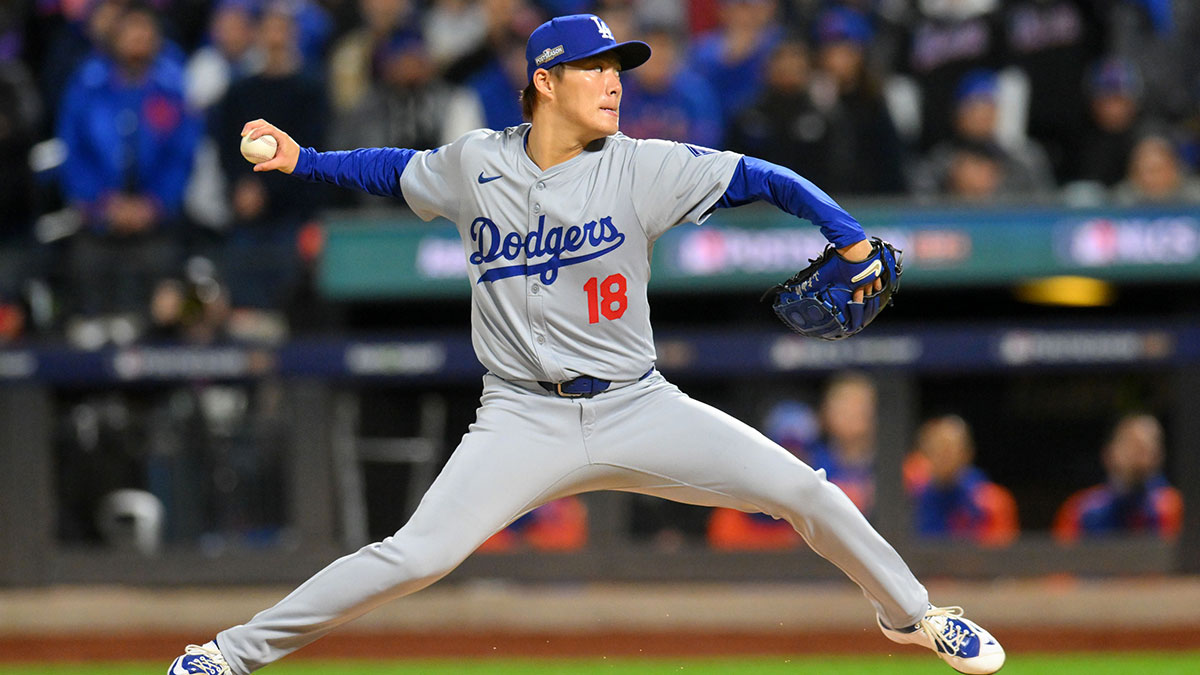
The Los Angeles Dodgers entered the 2024 season with sky-high expectations after acquiring stars Shohei Ohtani and Yoshinobu Yamamoto, adding to a team that had already won 100 games in 2023. Despite the lofty hopes, injuries created hurdles throughout the regular season. Ohtani was sidelined from pitching duties for the year, and longtime ace Clayton Kershaw’s availability was limited. The pitching staff was further depleted by injuries to Tyler Glasnow, Tony Gonsolin, Gavin Stone, Dustin May, and River Ryan. On the offensive side, Mookie Betts missed two months with a broken hand.
Despite these setbacks, the Dodgers still managed an impressive 98-win season, showcasing the depth and resilience of their roster. The team hit its stride in October, overcoming a 2-1 series deficit to the San Diego Padres in the Division Series with back-to-back shutouts in games 4 and 5. The Dodgers continued their dominant pitching, blanking the New York Mets in the first game of the NLCS and eventually winning the series in six games to secure their spot in the World Series.
However, the Dodgers now face a major challenge in the form of the New York Yankees, who present a well-rounded, dangerous lineup capable of exploiting the Dodgers’ remaining weaknesses. While Los Angeles enters the series as a slight favorite, their matchup with the Yankees is expected to be highly competitive, making this year’s Fall Classic a must-watch.
The Yankees will be able to wear down the Dodgers’ starting pitchers
The 2024 World Series matchup between the Los Angeles Dodgers and New York Yankees is set to be a fascinating chess game, as both teams have strengths that can exploit the other’s weaknesses. The Dodgers’ biggest question mark may lie in their rotation. With a three-man rotation featuring Jack Flaherty, Yoshinobu Yamamoto, and Walker Buehler, Dave Roberts has been relying on bullpen games to cover the gaps throughout the postseason. While these arms have performed admirably, the strain of short rest and the necessity of bullpen games increases the risk, especially against an opportunistic Yankees lineup.
The Yankees, for their part, are powered by Gleyber Torres’ resurgence as the perfect leadoff hitter, setting the stage for big bats like Juan Soto, Aaron Judge, and Giancarlo Stanton. Torres and Soto have been exceptional at working counts and getting on base early, which can drive up pitch counts and force the Dodgers’ starters into early exits. This approach not only adds pressure to the Dodgers’ bullpen but also puts Los Angeles in a precarious position if they have to lean on relievers for multiple games in a row.

The Yankees’ walk rate of 13.9% this postseason is especially troubling for the Dodgers, who must manage their pitching workload carefully. With the Yankees consistently getting runners on base early in games, the potential for game-changing home runs from Judge or Stanton looms large. If the Dodgers’ starters run into trouble early, Roberts will have to make difficult decisions about when to pull them, knowing he has a bullpen game on the horizon.
On the flip side, the Dodgers’ offense is equally potent, with a lineup that matches the Yankees in terms of patience and power. Both teams have shown the ability to work walks and hit home runs, making this series a potential slugfest. However, the Yankees’ bullpen, held together by “duct tape and chewing gum,” as you said, could be vulnerable against a Dodgers team that has been hammering home runs all postseason.
While the Yankees have made it through the playoffs by defeating two AL Central teams, the challenge of the Dodgers presents an entirely new level of competition. With both teams possessing the ability to grind down pitchers and hit home runs, the outcome may hinge on which team can execute their bullpen management more effectively under the pressure of a long series.
The Dodgers also have a southpaw problem
The Dodgers’ decision to carry mostly right-handed pitchers in their NLCS roster (12 out of 13) is bound to draw attention, particularly because the Yankees have notably struggled against left-handed pitching this season. With a .235 batting average and a .721 OPS against lefties compared to a more robust .253 average and .782 OPS against right-handers, the Yankees’ offensive production dips against southpaws. However, their strong walk rate (12%) against lefties has helped them keep the numbers somewhat respectable.
Anthony Banda, the Dodgers’ only left-handed pitcher on the NLCS roster, has been a reliable asset in the postseason, allowing just one run over six appearances. Banda’s effectiveness in relief could be critical when facing key lefty-averse Yankee hitters like Juan Soto or Anthony Rizzo. But the Dodgers have an intriguing option in Alex Vesia, who was left off the NLCS roster due to an intercostal injury. If Vesia returns for the World Series, his season numbers—a stellar 1.76 ERA and an opponents’ batting average of just .148—could give the Dodgers a powerful weapon to counteract the Yankees’ vulnerability against left-handed pitching.
Adding Vesia would give the Dodgers more flexibility in their bullpen, especially in high-leverage situations where left-handed specialists could disrupt the Yankees’ middle-of-the-order bats. Yankees hitters such as Aaron Judge and Giancarlo Stanton, while right-handed, are part of a lineup that tends to be less dangerous overall against southpaws.

The strategic use of Banda and potentially Vesia will be pivotal in matchups, especially late in games. The Yankees’ reliance on working counts and drawing walks, particularly when they face lefties, means that Roberts will need to deploy his left-handers carefully to neutralize this approach and prevent traffic on the bases.
Ultimately, while the Dodgers’ heavy reliance on right-handed arms has worked thus far, the addition of another lefty like Vesia for the World Series could be a difference-maker in balancing their bullpen and exploiting the Yankees’ key offensive weakness.
Leave a Reply